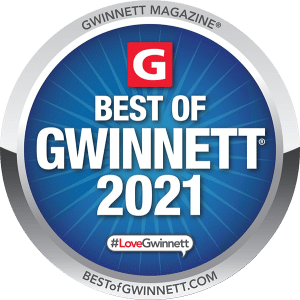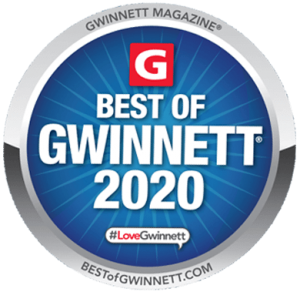Website Project Management is Evolving Faster Than Most Professions
Website Project Layout
When a prospect turns into the client I have found the very first conversation I have with them as brief as it might be is the most important one. Get as much key information from them as you can. This is vital to being the fuel that starts the project off strong! Getting the (Lay of the Land) so to speak, in the beginning will allow you to get organized. Spending more time getting details in the beginning will allow for extra time to focus on the scope and layout of the project. I have a list of key information I want to get during that first conference call or meeting. By habit I open up a word pad document and get these primary pieces of information down. Then I clean it up and add it to our CRM for employee and future reference.
- Full name, email and direct contact information of your primary project contact
- General project focus, outline, direction and purpose
- List of current available assets available by the client
- Logos
- Photography
- Branding Guidelines
- Slogans
- Objective Outlines
- Company Color Schemes
- Mission Statements
- List of Websites or Project References
- Basic Sitemap or website outline

IA Documents Typically Include
- Project Introduction
- Software Proposed Implementation
- Other Services/ Resources
- API Services
- Front End Box Diagrams and Descriptions
- Administrative Options
- Full Complete Sitemap
- Initial Front End Concepts
- Timeline and Milestones
- Budget Quote Considerations
- Hosting Options
Communication + Relationship
Organization
Directory 2015 – Year
- Company / Project Name
- Stock Photography
- Plugins / Software
- IA – Website Information Architecture Documents
- Company Logos Branding Elements
- Fonts
- Notes / Documents
- Concepts / PSD
- company-name-homepage-vs1.psd
- company-name-homepage-vs2.psd
- company-name-subpage-vs1.psd





